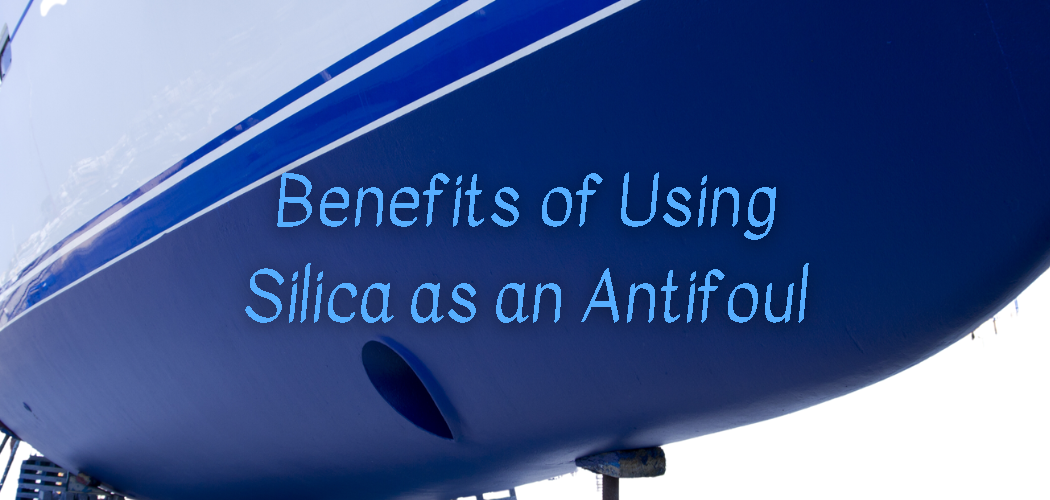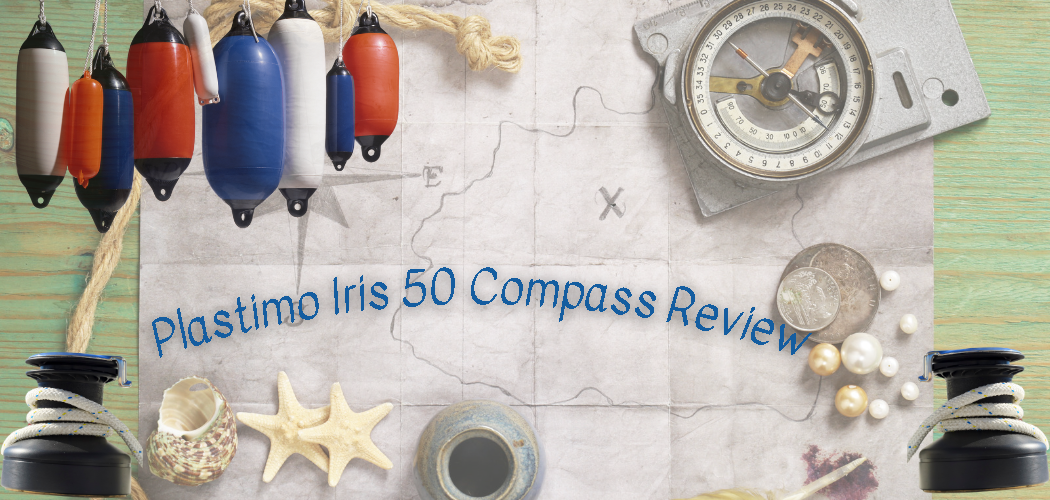As boat owners know all too well, keeping the hull free of marine growth is essential to maintaining optimal performance and fuel efficiency. Antifouling coatings have been the go-to solution for many years, but they come with a host of environmental concerns. Fortunately, there is a new player on the market: silica-based antifouling. In this article, we will explore the benefits of using silica as an antifoul, the science behind it, and how it compares to traditional antifouling options.
Table of contents
Introduction
For boat owners, antifouling is a critical part of vessel maintenance. The growth of barnacles, algae, and other marine organisms on the hull can cause drag, reduce fuel efficiency, and even damage the boat’s structure. Unfortunately, traditional antifouling coatings often contain toxic substances that can harm marine life and the environment. Silica-based antifouling offers a non-toxic alternative that is both effective and environmentally friendly.
What is Silica?
Silica is a naturally occurring compound made up of silicon and oxygen. It is found in various forms, including quartz, sand, and glass. In recent years, advances in technology have allowed for the development of synthetic silica that can be tailored to specific applications. This synthetic silica is used in a variety of industries, including pharmaceuticals, cosmetics, and coatings.
The Science Behind Silica-Based Antifouling
How Does Silica Work as an Antifoul?
Silica-based antifouling works by creating a slippery surface that marine organisms cannot attach to. When a boat coated with silica-based antifoul moves through the water, the surface of the coating releases tiny particles of silica. These particles create a slick surface that barnacles and other organisms cannot grip onto. As a result, the marine growth is unable to attach itself to the boat’s hull, and the hull stays clean.
Types of Silica-Based Antifouling
There are two main types of silica-based antifouling: hard and soft. Hard silica-based antifouling is designed for boats that travel at high speeds and need a tough, durable coating. Soft silica-based antifouling is designed for slower boats and vessels that spend more time at anchor. Soft silica-based antifouling is less durable than the hard version, but it is more flexible and better suited to slower speeds.
Benefits of Using Silica as an Antifoul
Environmental Impact
One of the main benefits of silica-based antifouling is its environmental friendliness. Unlike traditional antifouling coatings that contain toxic substances, silica-based antifouling is non-toxic and safe for marine life. Silica is a naturally occurring compound that is found in the ocean, and it does not harm marine organisms.
Performance and Longevity
Silica-based antifouling has been shown to be just as effective as traditional antifouling coatings in preventing marine growth. In fact, some studies have shown that silica-based antifouling can actually outperform traditional coatings in certain conditions. Additionally, silica-based antifouling has a longer lifespan than some traditional coatings, reducing the need for frequent reapplication and thus reducing environmental impact.
Cost-Effectiveness
While silica-based antifouling may have a higher initial cost than some traditional coatings, the longer lifespan of the coating and reduced need for frequent recoating can make it a more cost-effective solution in the long run. Additionally, the environmental benefits of using a non-toxic coating can be considered a valuable investment in sustainability.
How to Apply Silica-Based Antifouling
Surface Preparation
Before applying silica-based antifouling, the boat’s hull must be thoroughly cleaned and prepared. This includes removing any existing marine growth, sanding the surface to create a smooth texture, and applying a primer if necessary.
Application Techniques
Silica-based antifouling can be applied using a variety of techniques, including brush, roller, or spray. It is important to follow the manufacturer’s instructions and use the recommended application technique to ensure proper adhesion and coverage.
Maintenance and Recoating
Silica-based antifouling requires regular maintenance, including cleaning the hull and inspecting the coating for any signs of wear or damage. Depending on the type of silica-based antifouling used, the coating may need to be recoated every few years.
Comparison to Traditional Antifouling Options
Copper-Based Antifouling
Copper-based antifouling has long been the standard in the industry, but concerns about the environmental impact of copper have led to a shift towards non-toxic alternatives. While copper-based antifouling is effective at preventing marine growth, it can be harmful to marine life and the environment.
Biocide-Free Antifouling
Biocide-free antifouling is another alternative to traditional coatings, but it may not be as effective at preventing marine growth as silica-based antifouling. Additionally, biocide-free antifouling may require more frequent recoating and maintenance.
Worth Noting:
A large number of marinas have been refusing to haul-out boats painted with silica, as they tend to be extra slippery compared with standard antifouls.
Conclusion
Silica-based antifouling offers an effective and environmentally friendly solution for boat owners looking to keep their hulls free of marine growth. With its non-toxic composition, long lifespan, and cost-effectiveness, silica-based antifouling is a viable alternative to traditional coatings. When properly applied and maintained, silica-based antifouling can help boat owners reduce their environmental impact and maintain optimal performance.





Leave a Reply